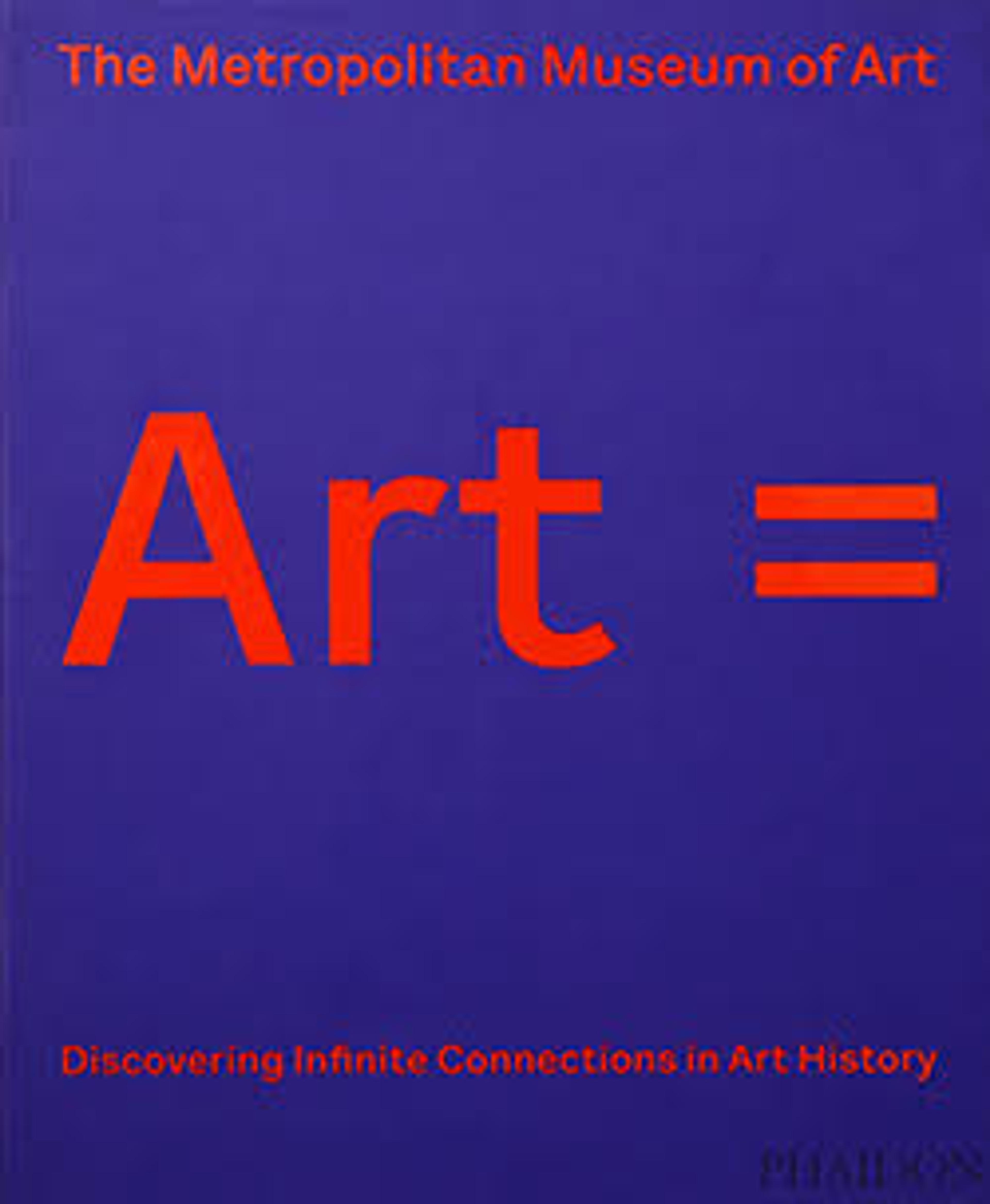Prince Holding a Falcon
The arch shape of this painting suggests it was intended for a niche in an architectural setting, probably a palace or pavilion, where it would have been displayed as part of a larger decorative program along with other portraits of the ruler, princes, and other court members. Typical of Qajar lifesize oil portraits from the first quarter of the nineteenth century, it shows the prince standing in front of a window with a pierced wooden balustrade. The background is undecorated in order to accentuate the opulence of the his costume and accoutrements. Based on the treatment of the textiles, jeweled elements, palette, and articulation of the facial features, the portrait can be related to two signed paintings of princes by the artist Muhammad Hasan, one of the foremost portrait artists during the reign of Fath ʽAli Shah Qajar (reigned 1797–1834). Here, the prince wears a jewel-studded robe and red sash with paisley designs, carries a sword with a bejeweled sheath, and dons a black astrakhan hat with a jeweled aigrette. Touching the saber sheath with one hand, he holds a falcon with the other. Falconry, the privileged sport of royalty and nobility in Iran for centuries, was enjoyed by numerous Qajar princes.
Artwork Details
- Title: Prince Holding a Falcon
- Date: ca 1820
- Geography: Made in Iran
- Medium: Oil on canvas
- Dimensions: H. 75 3/16 in. (191 cm)
W. 29 1/2 in. (74.9 cm) - Classification: Paintings
- Credit Line: Purchase, 2017 NoRuz at The Met Benefit, 2017
- Object Number: 2017.646
- Curatorial Department: Islamic Art
More Artwork
Research Resources
The Met provides unparalleled resources for research and welcomes an international community of students and scholars. The Met's Open Access API is where creators and researchers can connect to the The Met collection. Open Access data and public domain images are available for unrestricted commercial and noncommercial use without permission or fee.
To request images under copyright and other restrictions, please use this Image Request form.
Feedback
We continue to research and examine historical and cultural context for objects in The Met collection. If you have comments or questions about this object record, please contact us using the form below. The Museum looks forward to receiving your comments.
